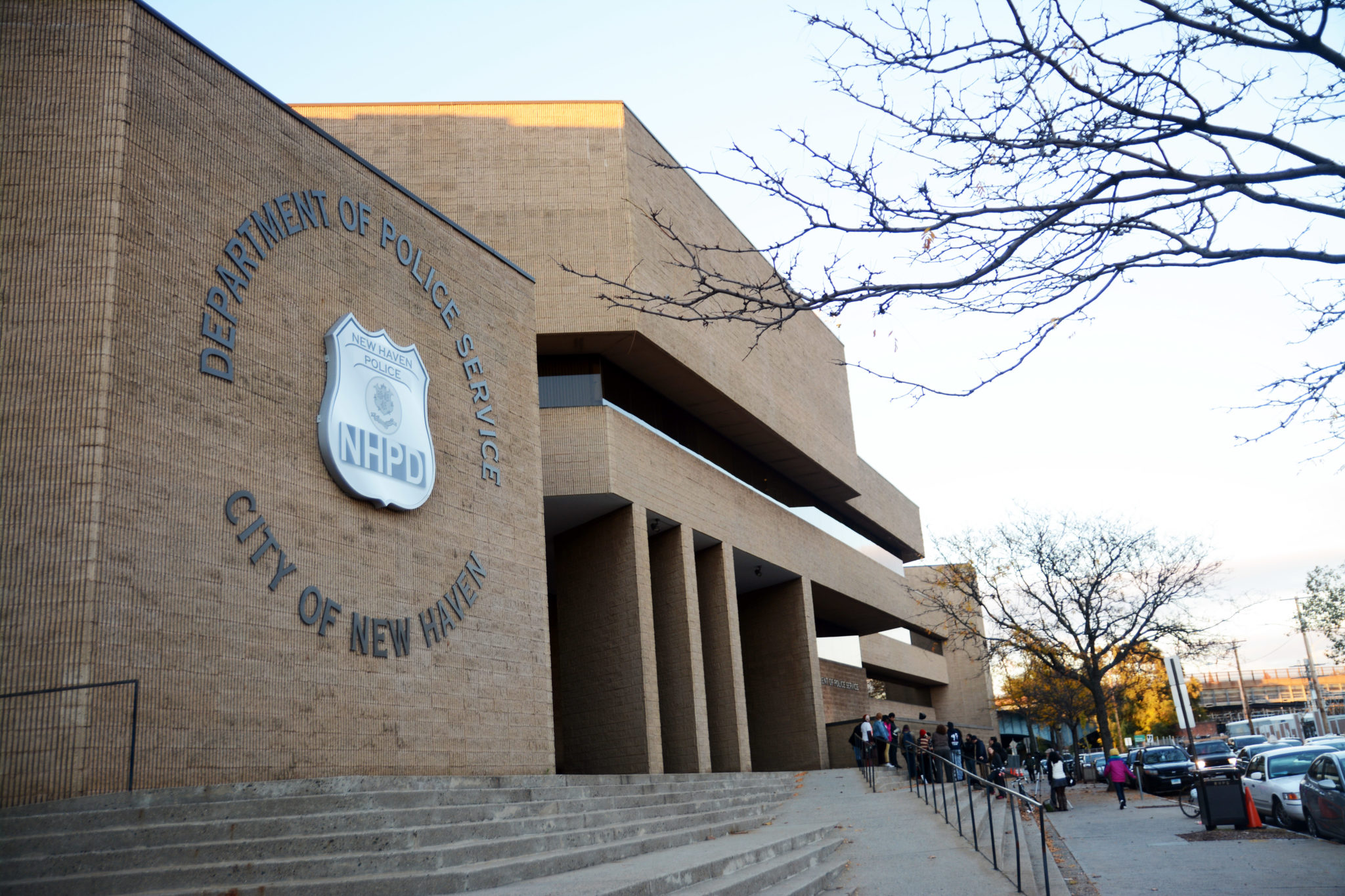
After more than two decades of community activism, the New Haven Police Department will relocate an outdoor firing range that has been a long-standing nuisance for residents of nearby Beaver Hill and Newhallville.
The current NHPD firing range and police academy is located at 710 Sherman Parkway , an area surrounded by roughly half a dozen schools, several residential blocks and the New Haven Animal Shelter. Built in the 1950s, the outdoor firing range has drawn criticism from nearby residents for the noise the gunshots make, as well as lead pollution from the bullets. But those concerns will be resolved as early as next summer with the construction of a new indoor range at the former U.S. Army Reserve property at 170 Wintergreen Ave.
According to Beaver Hill resident Francine Caplan, she and other members of surrounding neighborhoods founded the Firing Range Committee more than 25 years ago to push for the outdoor firing range’s relocation. As chair of the committee, Caplan called the current range a “bad decision” in city planning and organized monthly meetings with representatives from the NHPD, mayor’s office and the Yale Police Department, which can also use the facility.
Caplan, who has lived in New Haven for 47 years, said she could hear gunshots as far back as when she first moved, adding that NHPD’s staff increase and intensive training programs since then have exacerbated the noise problem.
“The sounds from their guns are almost like bombs, to a point where our houses have reverberated,” Caplan said “The whole house shakes. We understand that the police has to train. It is part of their mandate, and they have to train over and over again. And they understand our problem as well.”
School administrators from several public schools in the vicinity added that the gunshots disrupt their academic environments. At Achievement First Amistad High School, a high school directly across the street from the training facility, students and staff can hear the gunshots clearly when the range is being used, principal Morgan Barth said.
Barth added that given the school community and surrounding neighborhood’s exposure to gun violence, hearing gunshots can be unnerving and potentially trigger a post-traumatic reaction.
The new indoor firing range, along with the police academy, will be a refurbished and expanded version of the facility that was occupied by the Army Reserve. Caplan said the committee and city officials applied to take over the federally owned property once it became available in 2011.
In addition to assistance from the federal government, New Haven also received a $1 million grant from the Connecticut government to fund the new building’s renovation, City Hall spokesman Laurence Grotheer said. He said the state grant will cover the vast majority of the costs, with the city issuing bonds to make up the difference.
According to Grotheer, the city engineer, Giovanni Zinn, and his staff are doing most of the design work so as to avoid spending money on outside architectural firms and engineers. He added that there are special structural considerations in building a firing range, such as complex acoustic and ventilation requirements for both gunpowder residue and lead from ammunition.
“The mayor has kept current through these members of her administration who attend [the committee’s monthly meetings],” Grotheer said. “She is grateful for the input provided by residents all along and that community neighborhood input has contributed a great deal to the design and planning for the new facility.”
Despite the relocation of the firing range, Caplan said community activists can still speak out on other issues they have about the current firing range. The city needs to address land remediation to mitigate lead pollution caused by decades of gun practice, she said.
A storm drainage system is now being built on the site of the new firing range. Once the ground becomes softer in the spring, the city will resume construction.







